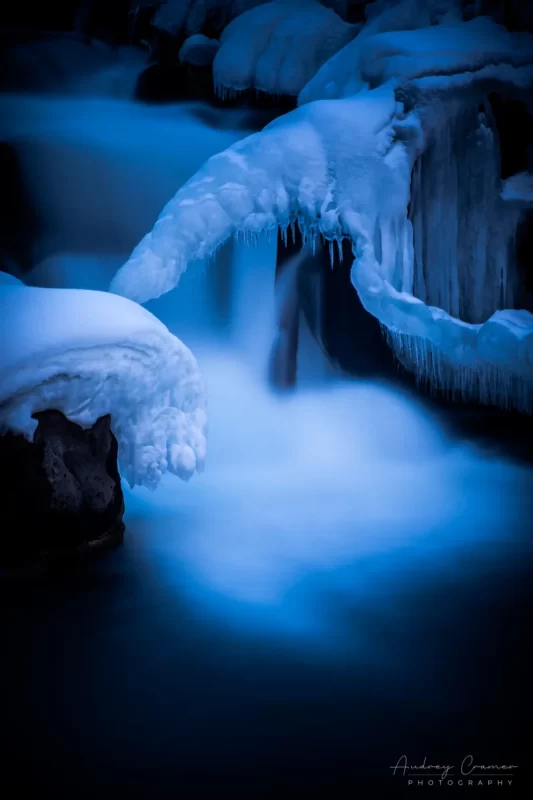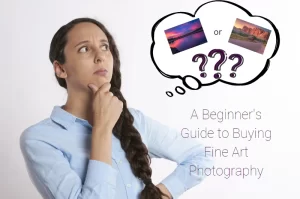So, you’re considering buying fine art photography as some kind of investment in your future. Great. Do you know how investing in fine art photography works? Today we’re talking about how investing in fine art photography works. It’s up to you to decide from there if it’s right for you.
A Quick Disclaimer: Any kind of investment, fine art photography included, carries a certain amount of risk. Make sure that you understand the benefits and the risks associated BEFORE you make any kind of investment. Especially if you invest in fine art photography.
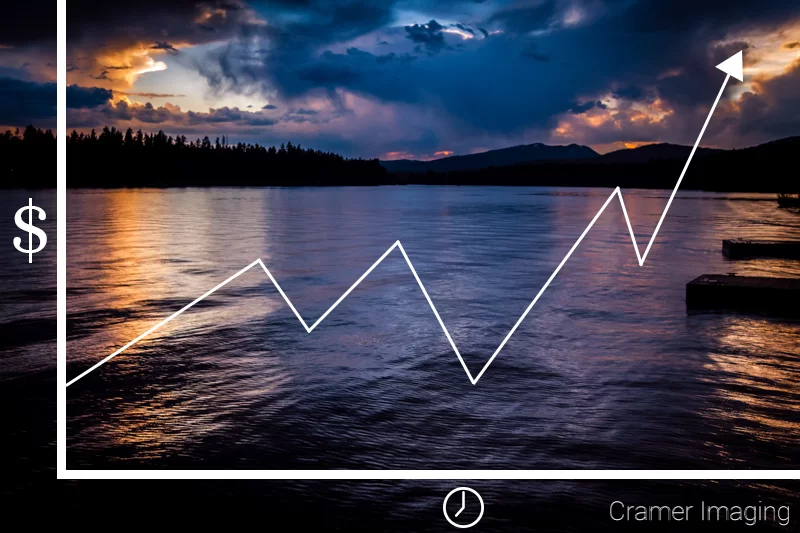
Introduction
Historically, buying fine art photography has been considered a poor investment. Lately, however, this is changing. In recent years, confidence in fine art photography has gone up by almost 10%.
Big name photographers are often considered a very safe and good long-term investment. Unknown photographers, while a less sure investment, have the potential to offer a big payoff if that particular artist happens to make it big.
To start off, fine art of any type can be a good or a bad financial investment. It all depends on who you buy, if the art is original, or if it is signed or part of a limited edition series.
Fine art photography is often less valuable than original works in other mediums such as paint and it should be obvious why. A painted work is unique and one-of-a-kind piece of art. Even if the artist tries to paint the exact same thing, there will be subtle differences between both versions. Photography, on the other hand, is almost never a one-of-a-kind original.
A few years ago, when film was still predominant, the only way to create a fine art photography print was using the original negative. You could lose or destroy the negative and never be able to recreate a print of that photo again. This would make any and all available copies limited and potentially more valuable because of that.
If you felt like it, you could sell that negative to someone else who would then be able to faithfully reproduce that exact photo print whenever he or she wanted. If the new owner chose to recreate the photo, that would make any current prints less rare and less potentially valuable.
Now photography has gone digital.
With digital photography, the “original” copy of the photo is on a card in the camera and edited on the computer. The print is made by using a printer. While this has led to overall higher quality fine art photographs, digital photography is now ridiculously easy to reproduce so the overall value of a fine art photo print can be lower because of this.
What to Look For
If you are purchasing fine art photography, a signed and numbered print will often hold its value better than a simple open edition print. A simple print, after all, can be reprinted innumerable times. A signed, numbered, limited edition print has only a certain number of prints and that’s it. At least, that’s the idea.
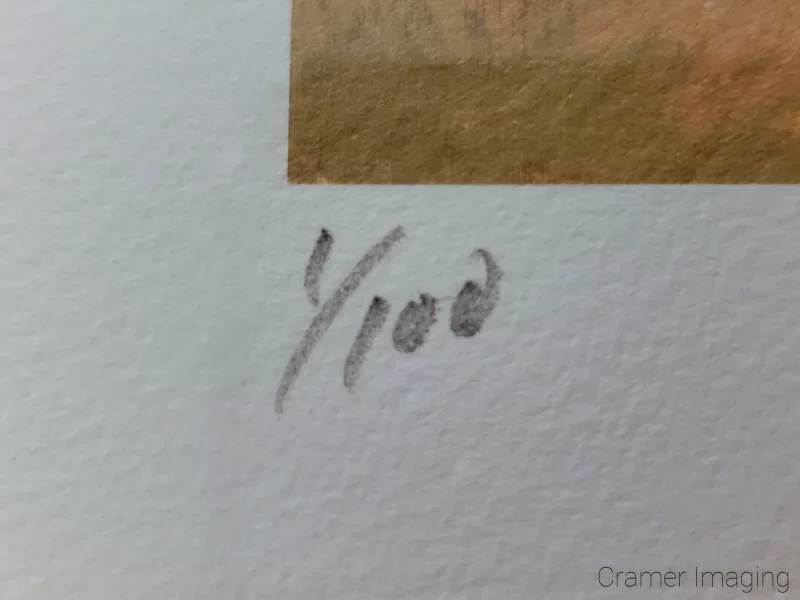
Still you do have to careful. There are a couple of ways to do signed numbered prints. The best method (which causes prints to hold their value) is for a photographer to do a set of signed numbered prints of a particular photo. Afterwards, the photographer never reproduces that photo again. If you purchase one of these kinds of prints from a well-known and desirable photographer, it will tend to hold its value long-term.

The other (more disreputable) method of creating limited edition prints is more common particularly among photographers who haven’t really made it big yet but are trying to. They create a signed, numbered, limited edition print of a photo at let’s say 16×20 (inches). Then a few years or even months later they release another signed, numbered, limited edition print in something like 15.75×20 (inches). Then again later in something like 16×19.75 (inches).
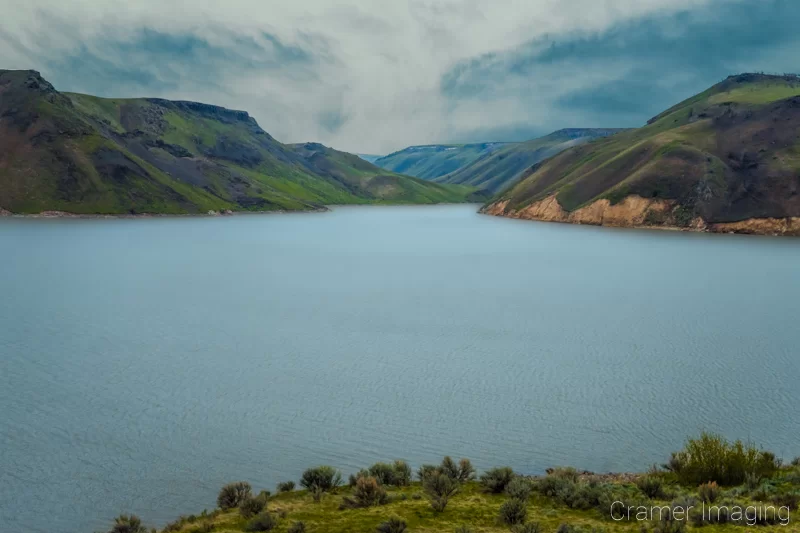
With releases like this, there isn’t usually enough cropped to really change the look of the image. However, since the photo is a slightly different size, the photographer can claim it’s a different edition. After all, those prints different sizes so it’s not the same.
Conclusion
Wading out into the waters of investing in fine art photography can seem like a confusing and overwhelming business. However, it can be a very rewarding investment if you carefully select the photos you buy. Seek out those kinds of fine art photos which are likely to hold their value over time. You’ll probably make a good investment.
Next week, we’re going to talk about some specific advice and strategies for investing in buying fine art photography. Check it out here.

